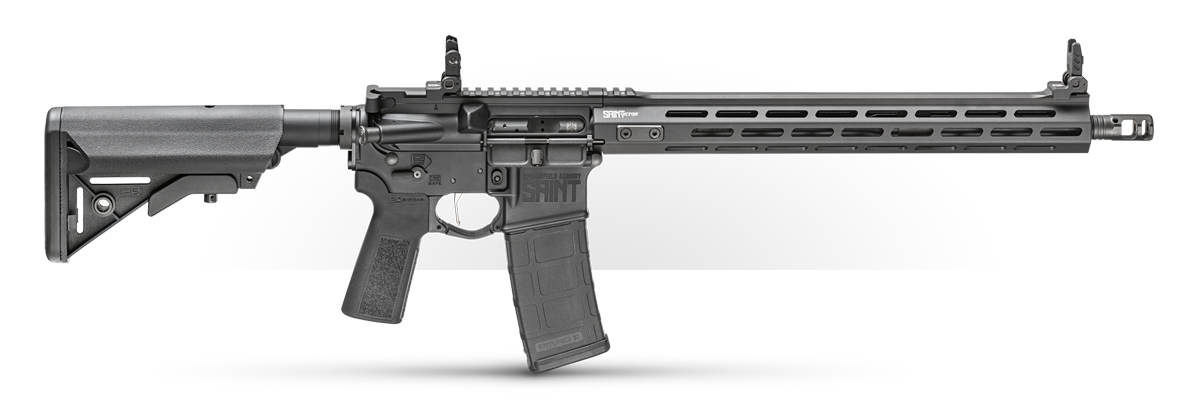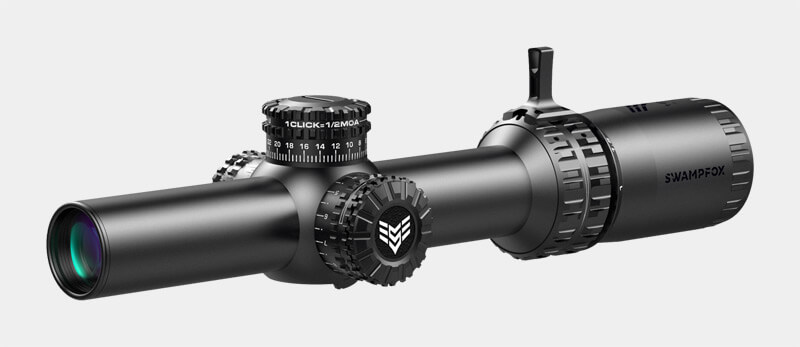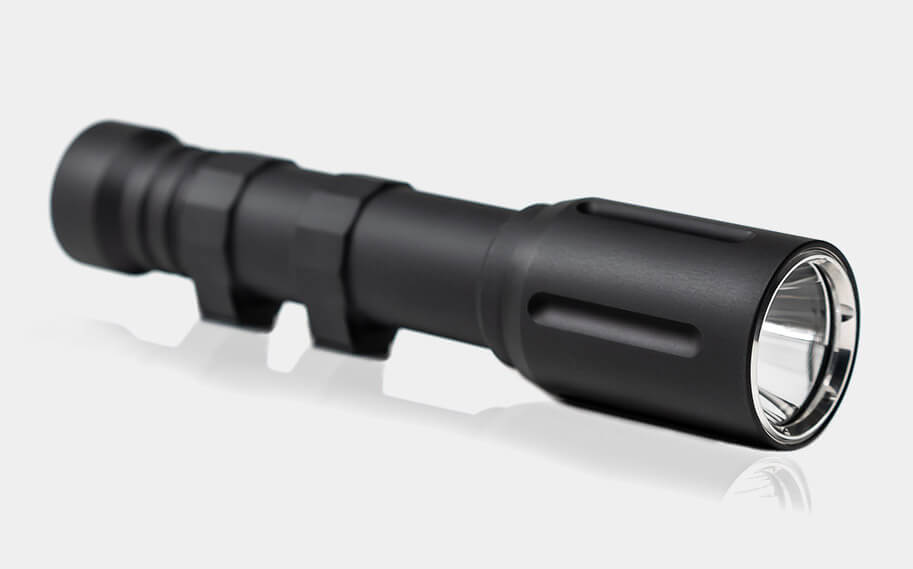When is it broken in, and when do you trust it? The answers to these questions vary greatly from something that sounds reasonable to outright myths. I remember back in my days in the U.S. Army that if we got a new barrel on one of our M4 SOPMOD rifles, they were not broken in at all. We just shot them like the ammo was free until we wore it out again.

For me, once I get several hundred rounds through something without issues, I am comfortable with the product. But when do we fully trust that rifle or pistol?
Testing Never Ends
I have been running a SAINT Victor B5 rifle for a while now, and I use it to test various accessories such as scopes, red dots, triggers, lights and more. As a result, it gets used quite a bit on a weekly basis.
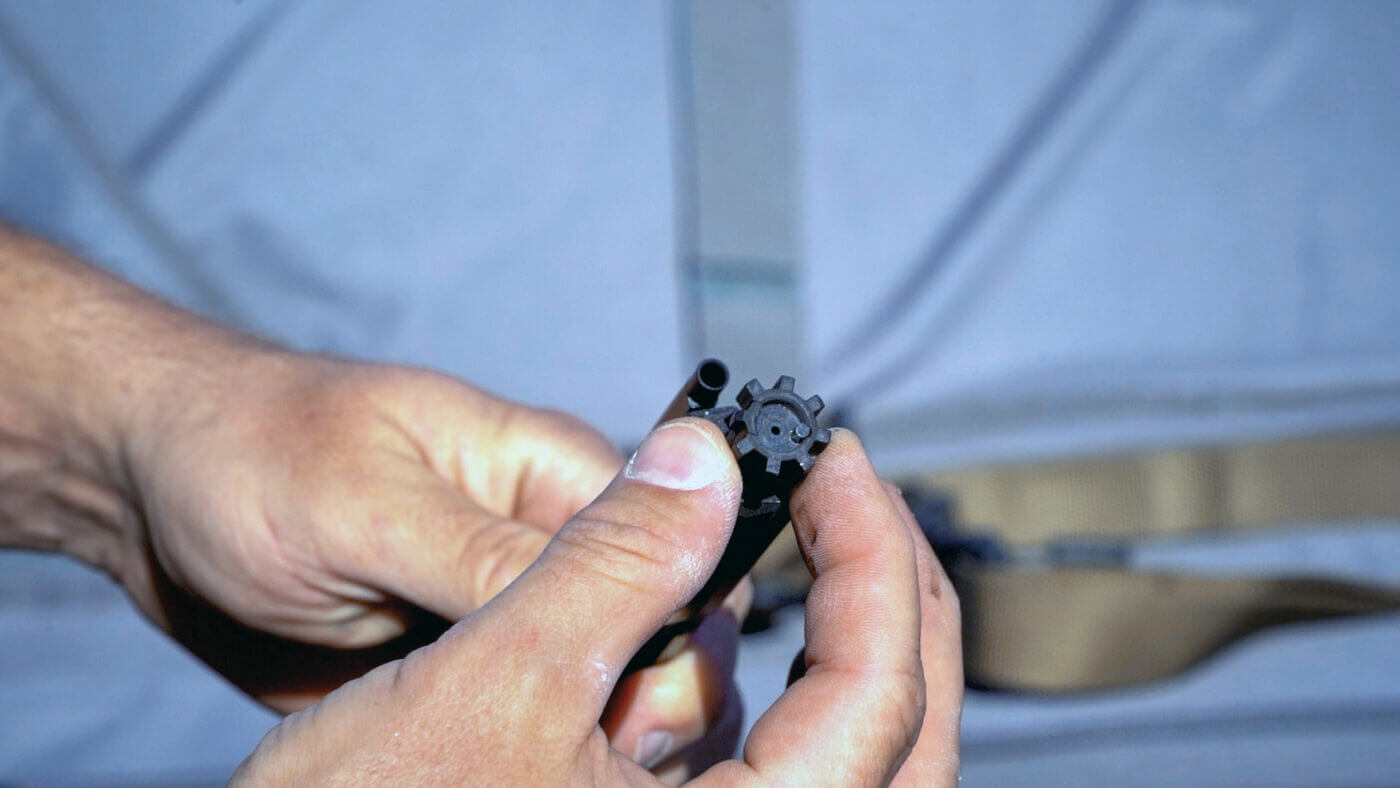
Recently, due to ammo shortages, I have been using a lot of steel ammo — specifically, TulAmmo. I happened to have a ton of this lying around and I wanted to start cycling it out. The concern with the steel-cased ammo is always early wearing on your extractor, odd coatings on the cases working their way into the gas system, and overall damage to the barrel throat.
Does How I Treat It Matter?
We need to take a moment to talk about cleaning and maintenance since they go hand in hand. Maintenance will not only prolong the life of your chosen Springfield rifle but gives you the opportunity to inspect it. Ammo choice and quality will also affect your firearm.
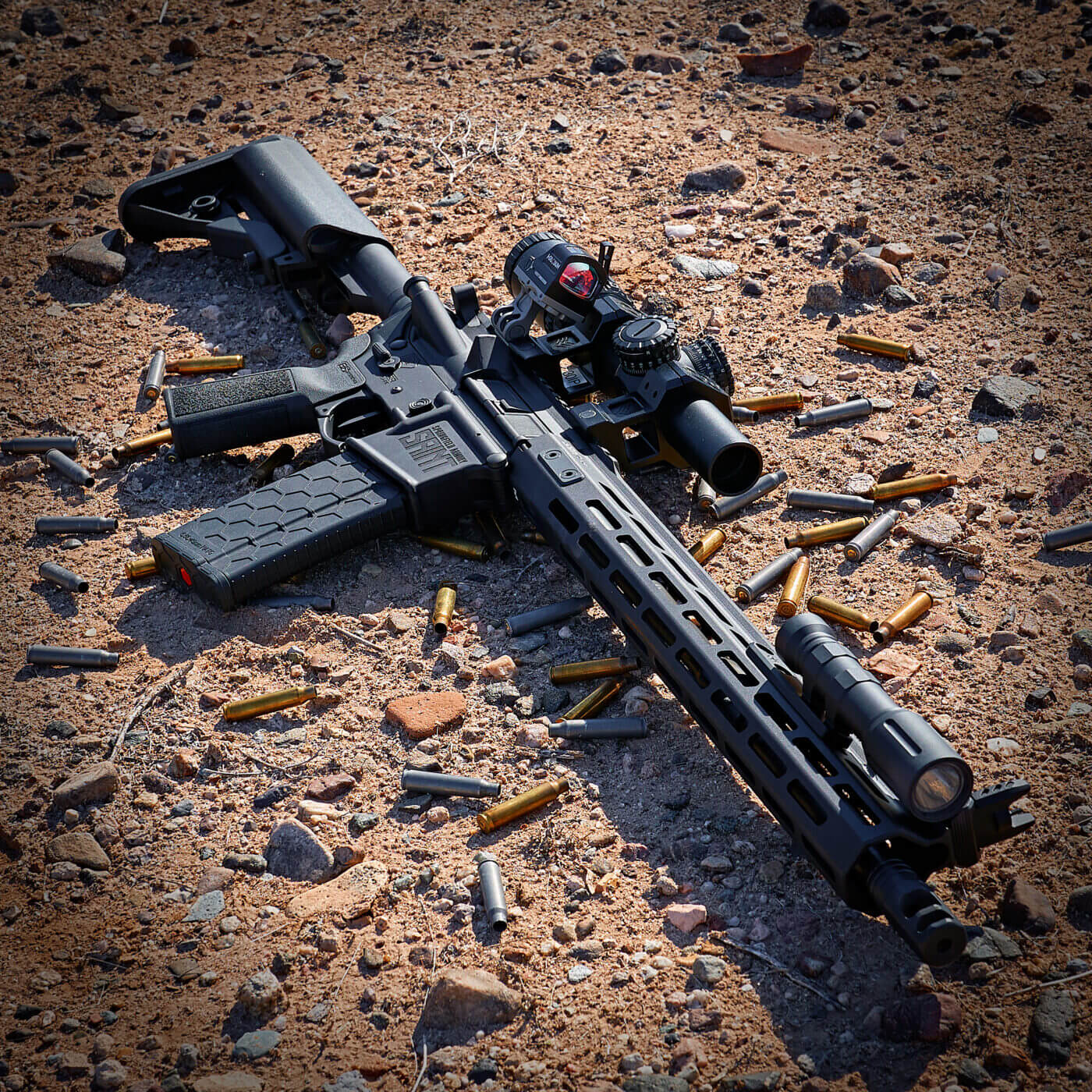
Reloads, steel-cased and other high-pressure ammo can affect barrel life, gas systems and early wear on your extractors. So, what have I done to my SAINT Victor and what have I replaced after 5K rounds, with a healthy diet of steel-cased ammo?
Breaking In & Holding On?
I don’t beat my rifles on purpose, but I am not afraid to let them get banged around either. The 9310 steel bolt is wearing in exactly as expected. The extractor is showing no signs of early wear, and the gas block and tube are solid and showing no tilt or rotation. But this is to be expected since the gas block is pinned on this rifle.

The barrel shows no abnormal wear, even in the throat area when I inspected it during recent cleanings. Accuracy-wise, it is as accurate as I am going to be with it. Break-in procedures for these barrels get them to peak accuracy more quickly but do not necessarily extend the life of the barrel itself. I know it sounds odd, but a good break-in gives you quicker and longer peak accuracy, while ongoing maintenance will keep your rifle as a whole alive.
What Did I Fix or Change?
Let’s tackle what I have had to fix on this rifle over the past several months of ownership. During a routine inspection, I noticed the Allen screw holding the ambi safety was a bit loose. A dab of Loctite, retorque and I was all done with the fix. As for the rest of it, zero problems and zero malfunctions.
I couldn’t help myself but add an aftermarket trigger, the Rise Rave 140 (but more on that in another video that you can see here). The SAINT Victor has been an outstanding rifle. It really is a great base to add all of your favorite lights and optics to.
The gas system and H buffer make it shoot flat and fast. The pinned gas block and 9310 steel bolt will outlast an average barrel, no problem. Basically, this rifle is hungry and you can feed it steel or brass. When it comes to the trust factor, I’d trust my life to it, no problem.
Editor’s Note: Photography and videography by Mike Bordon of AfterAction. Also, please be sure to check out The Armory Life Forum, where you can comment about our daily articles, as well as just talk guns and gear. Click the “Go To Forum Thread” link below to jump in!
Join the Discussion
Featured in this video
Continue Reading
Did you enjoy this video?

 186
186




